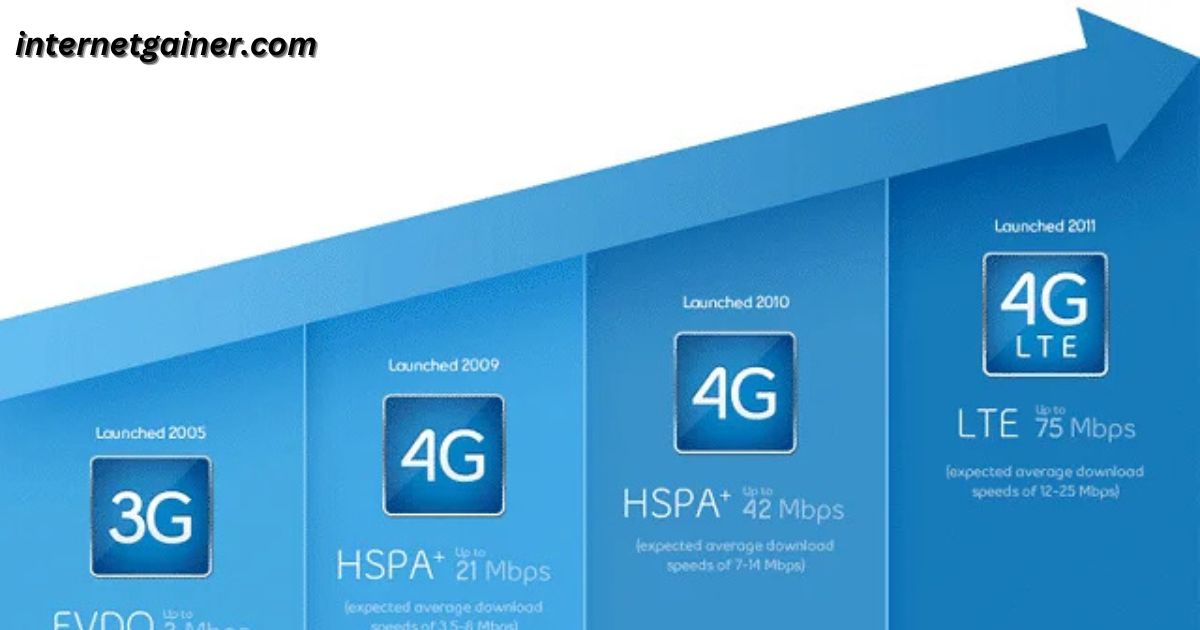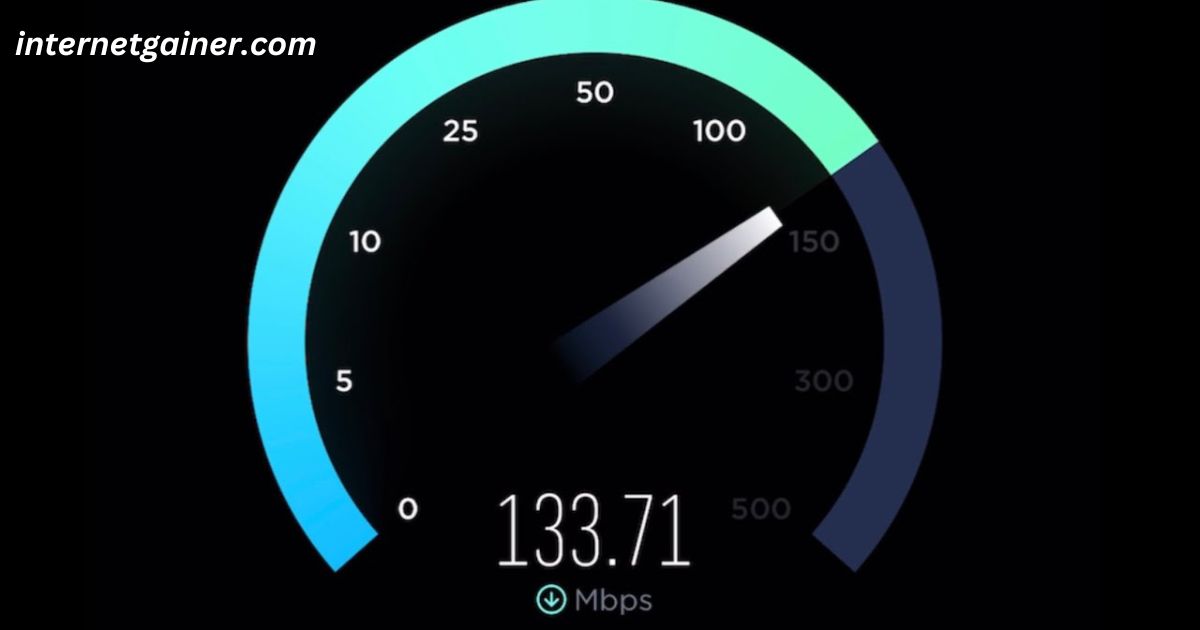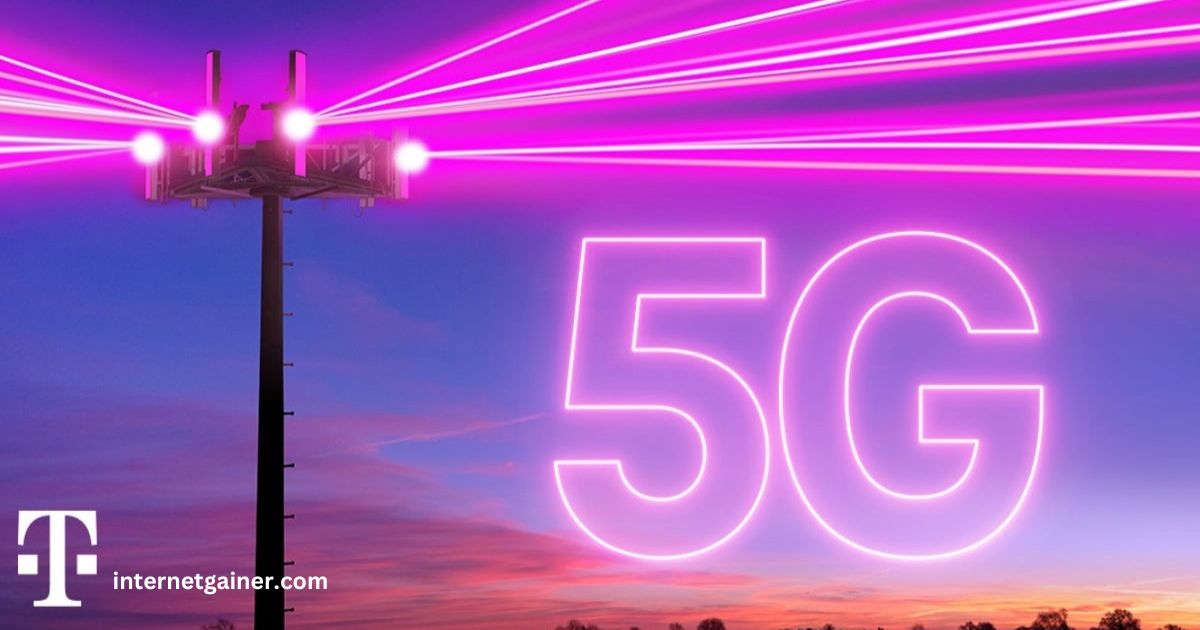4G LTE (Long-Term Evolution) has revolutionized mobile connectivity, providing faster internet speeds, improved network reliability, and more consistent performance compared to previous generations.
However, the maximum speed you can experience on a 4G LTE network is influenced by several factors. In this article, we will explore the key elements that affect the maximum speed of 4G LTE.
1. Network Congestion
One of the primary factors that influence 4G LTE speed is network congestion. When many users are connected to the same cell tower or network area, the available bandwidth is shared among all devices.
During peak usage times, such as during the evening or in crowded areas, the available speed can be significantly reduced. This is because the network has to allocate limited resources to a large number of users, which can result in slower speeds.
2. Signal Strength
The strength of your 4G LTE signal plays a critical role in the maximum speed you can achieve. A stronger signal generally translates into faster data speeds.
If you are far from the nearest cell tower or inside a building that blocks the signal, your device may struggle to maintain a stable connection, resulting in lower speeds. Factors such as geographic location, physical obstructions, and interference from other electronic devices can all impact signal strength.
3. Carrier Aggregation
Carrier aggregation (CA) is a technology that allows 4G LTE networks to combine multiple frequency bands to increase the overall available bandwidth.
This enables carriers to provide higher data speeds to users by using a combination of frequencies. Not all 4G LTE networks or devices support carrier aggregation, so the number of bands available in your region and on your device can directly affect your maximum speed.
4. Device Capabilities
Your mobile device’s hardware and software also play a significant role in determining the maximum speed of 4G LTE. The device needs to be compatible with the LTE bands supported by the carrier in your region.
Newer smartphones typically support higher LTE speeds and more bands, allowing them to take full advantage of faster network capabilities. Older devices, on the other hand, may be limited in terms of their maximum supported speeds.
5. Network Bandwidth
The total bandwidth available to the carrier is a fundamental factor that impacts the maximum speed of 4G LTE. In many regions, carriers operate on different frequency bands, and the amount of spectrum they have access to determines how much data can be transmitted at once.
Networks with more bandwidth can support higher speeds, while those with less bandwidth may experience slower data rates, especially during peak usage times.
6. Tower Density and Coverage
The density of cell towers in a given area affects network performance. In urban areas with high tower density, 4G LTE speeds are generally faster and more stable due to the proximity of the towers.
Conversely, in rural or less-developed areas, where tower density is low, users may experience slower speeds due to longer distances between their device and the nearest cell tower.
7. Latency
Latency refers to the time it takes for data to travel from your device to the network and back. High latency can affect the perceived speed of your connection, even if the raw download and upload speeds are high.
Latency is influenced by the distance to the nearest cell tower, network congestion, and routing within the carrier’s network. Lower latency typically results in a smoother experience for activities like video streaming, online gaming, and real-time communications.
8. Environmental Interference
Environmental factors, such as weather conditions, geographic location, and nearby sources of interference, can also impact 4G LTE speeds. For instance, buildings, trees, and hills can obstruct the signal, reducing the connection quality.
Furthermore, interference from other electronic devices operating on similar frequencies, such as Wi-Fi routers or microwaves, can degrade the LTE signal, leading to slower speeds.
9. Carrier Technology and Network Optimizations
Different carriers may employ various technologies to improve their 4G LTE networks. For example, some carriers use advanced techniques like MIMO (Multiple Input Multiple Output) antenna systems, which allow for multiple data streams to be transmitted and received simultaneously.
Additionally, some carriers implement network optimizations that help prioritize traffic for certain types of data, such as video or voice, ensuring a better experience during high-traffic periods.
10. Your Plan and Service Provider
Finally, the type of mobile plan you subscribe to and the service provider you use can impact your 4G LTE speed. Some mobile carriers offer plans with higher data limits or faster speeds, while others may throttle speeds once a certain data threshold is reached.
In addition, not all service providers have the same coverage and infrastructure, so it’s important to choose a carrier with strong performance in your area to ensure the best 4G LTE speeds.
Conclusion
While 4G LTE offers impressive speeds, the maximum speed you experience depends on several factors, including network congestion, signal strength, device capabilities, and environmental conditions.
Understanding these elements can help you manage your expectations and optimize your mobile experience. As 5G networks begin to roll out, these factors may evolve, but for now, 4G LTE remains a fast and reliable choice for mobile internet access.
By taking steps to improve your signal strength, choosing a capable device, and selecting a strong carrier, you can maximize your 4G LTE speed and enjoy a seamless mobile experience. For more 5g Internet information check the internetgainer.



